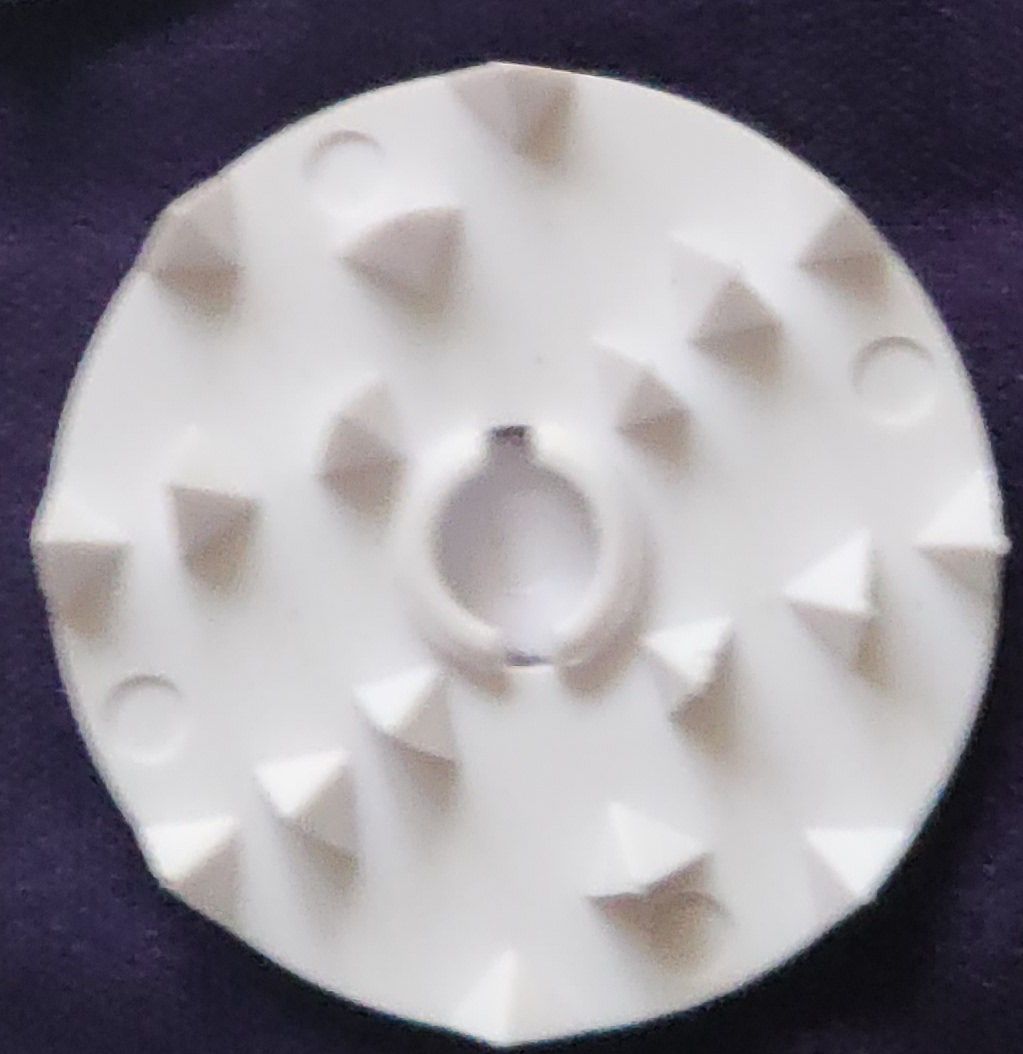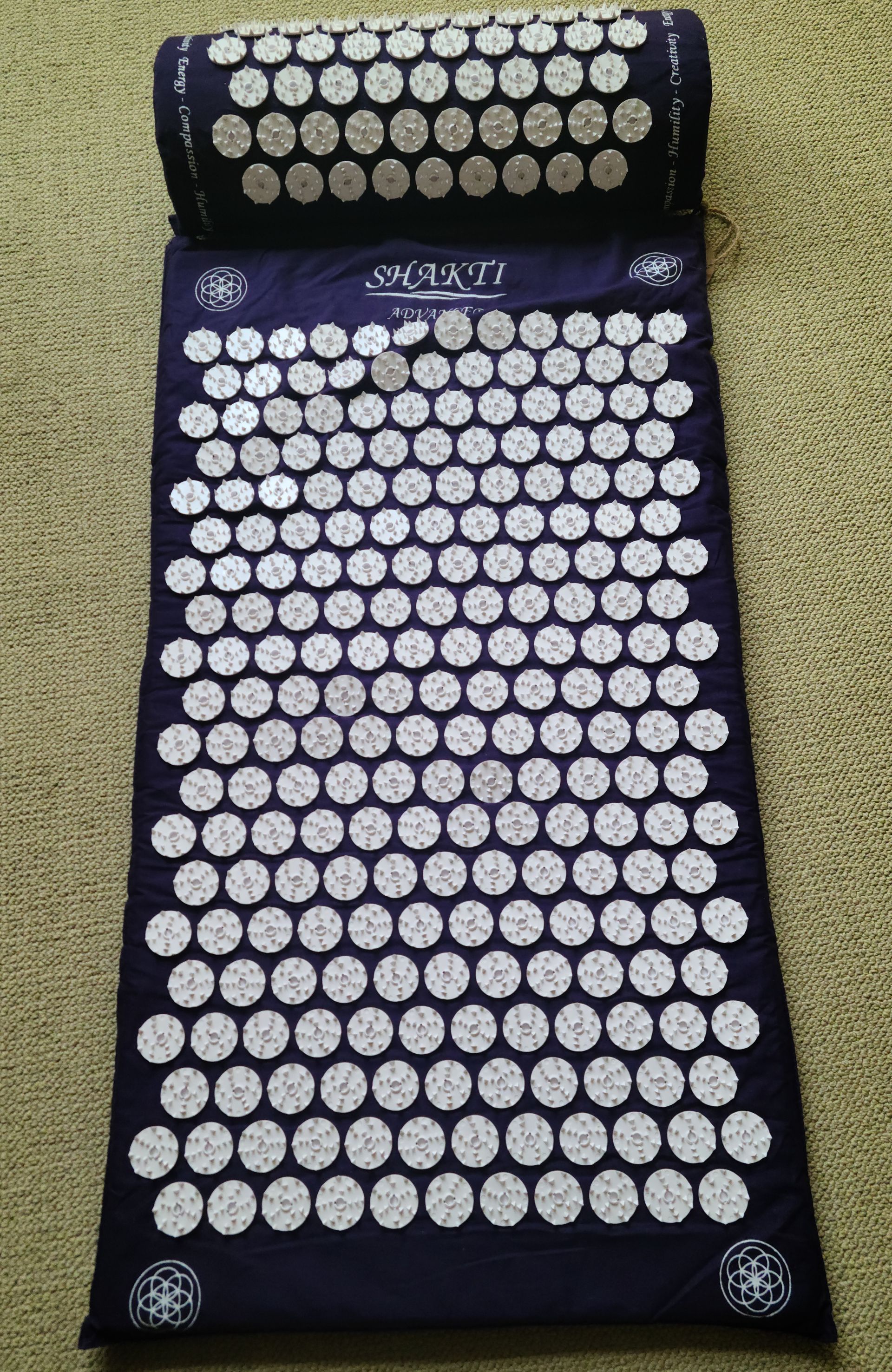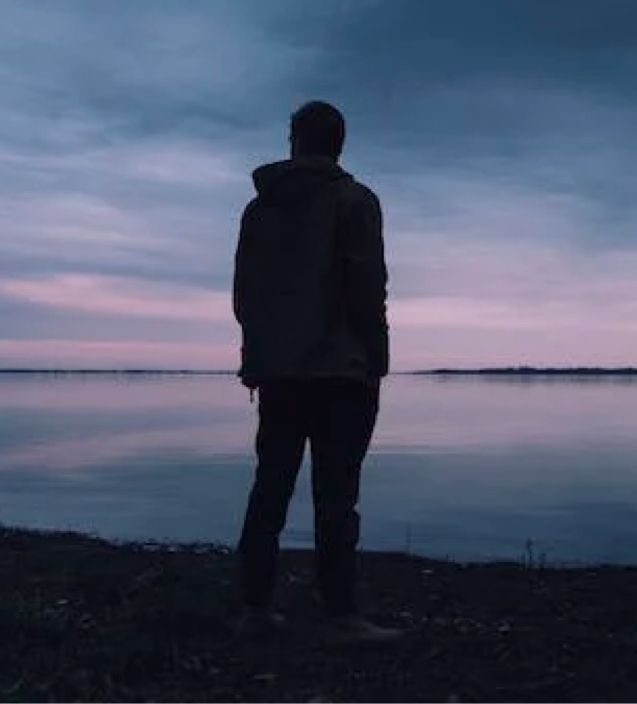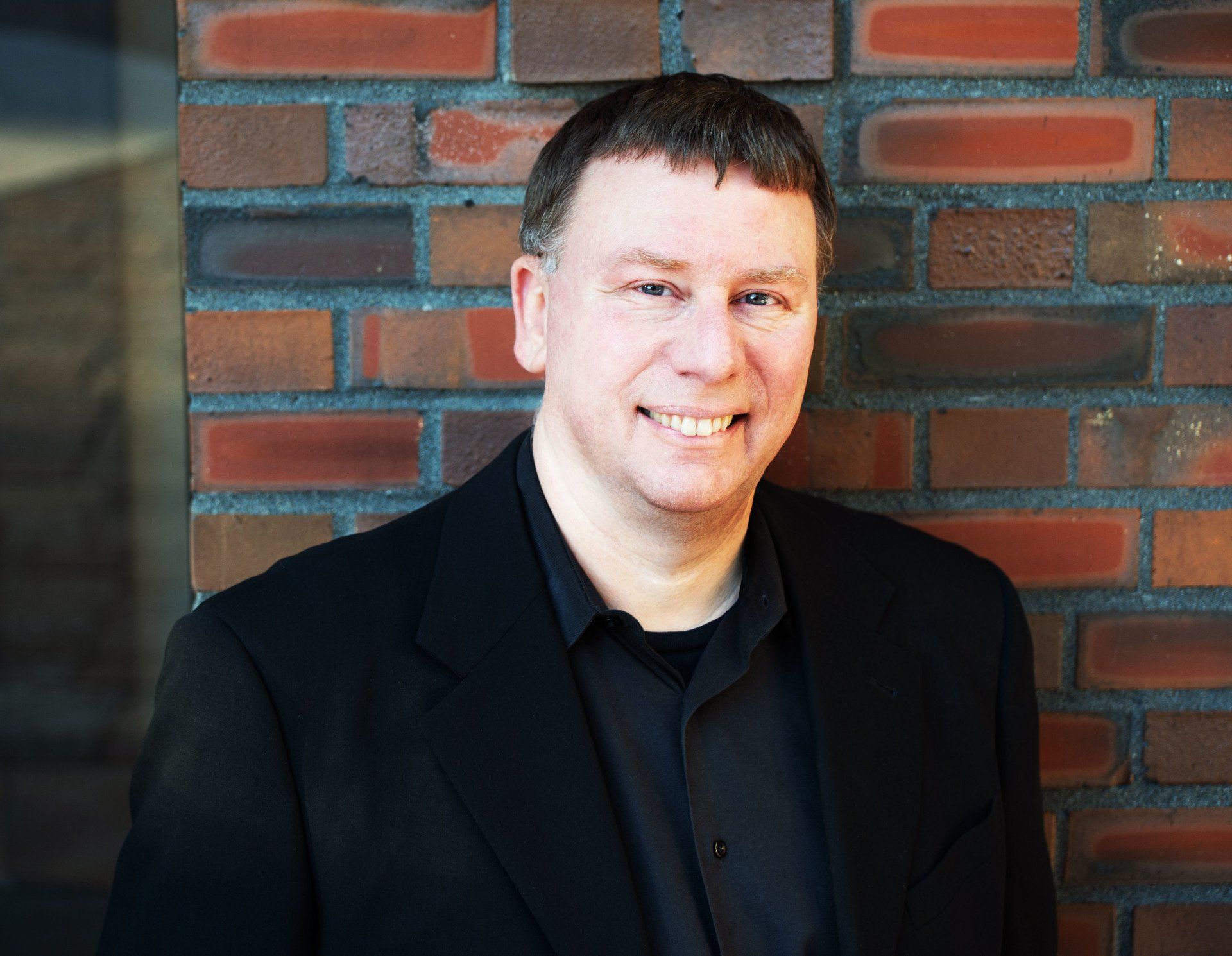Will you take a 30-day physical and mental journey with me on a 4,000-spike acupressure mat? I have some personal goals. You may have questions about the effects of the mat. Let’s take the journey together.
Day Three
Don’t worry; you haven’t missed days one and two. Instead, I’m starting on day three so that there are some results to share with you.
The tl;dr is that I fell asleep about 15 minutes into my session. What should have been a 23-minute exercise became 45 minutes. I went to bed shortly after and woke up feeling like after a good massage. I had great mental clarity, but I am getting ahead of myself; let’s start at the beginning.
Why I chose the Shakti Mat.
I researched acupressure mats to achieve and expand on some of my existing practices. I don’t have physical issues, pain, or any time of soreness. Those are some of the common reasons people buy mats. I spent a month researching the mats, divided into three categories.
Findings from medical research on acupressure
Brand promises. What are the manufacturer’s promises after continued use? Warning, caveats, better practices, and getting the most out of the mat.
Owner reviews. This was 75% of my research. I read reviews on product websites, Amazon, Reddit, and pretty much anywhere I could find a review.
The objective was to filter out the most subjective reviews and some community consensus.
The average price is around $100 US for a mat and another $50 for a pillow. Most companies have deals for first-time buyers, and I saved 20% on my purchase. Some mats are larger, have more spikes, etc., and may come with a carry bag.
I chose the Shakti mat because of the reviews, ethical practices in manufacturing, and relatively simple items used. I chose the Advanced version because… if Lawrence is going to do something, he will buy the thing that tests him the most. In addition, the Advanced has fewer spikes. This may seem counterintuitive, but let’s go through the design.
An acupressure mat is a foam mat with small plastic spikes that stimulate pressure points in your body. The spikes are arranged in a way that mimics the traditional Chinese medicine practice of acupuncture. When you lie down on the mat, the spikes press into your skin and muscles, activating different responses. The spikes will not and are not intended to puncture your skin. I am inked on my back, so this was an important point.
The mat will cover your back, plus or minus, depending on the length of your torso. I’m 6’ 1,” and the Shakti is just the right size. The pillow goes in the curve of your neck. The lower mat spikes rest on the upper part of my tailbone. More spikes give you space to distribute your weight and, therefore, less pressure. In this instance, we are measuring pressure. Pressure is the force applied perpendicular to the surface of an object per unit area over which that force is distributed or P = F/A. Force remains constant and is the pull of gravity on my body—area changes with the number of spikes. The less area the more pressure. Consider having your foot stepped on by a spiked heel versus a boot.
What comes in the box?
Minimal packaging, all recyclable with the maker’s name and a short instruction sheet. You download an app from Apple or the Play store. It’s just a shell for videos that are privately hosted on YouTube.
Getting started
The video instructor is excellent; she leads you through getting set up and your first 12 daily sessions. I teach meditation and have listened to hundreds of guided meditations. Her tone, voice, and level of explanation are just right. You get enough detail to follow the instructions without overly long or abrupt transitions. You don’t need the app, but it is great instruction for newbies.
The recommendation is to start with five minutes and then on the day one video. I’ve only done days one through three; you don’t need to look at the screen.
Some better practices
- If you have long hair, tie it up or get it out of the way. Mine is short, but I can see long hair getting twisted up in the spikes.
- Go shirtless. The spikes are there to do a job. Don’t block them.
- Lay the mat on the floor so that it lays evenly. You get the maximum effect this way.
- Lay down next to the mat the first time. This will help you judge where you lay your body.
- When you are ready to lie on the mat
- Start sitting and roll your torso onto the mat. Try to stick the landing (pun intended) in one shot. Adjusting your body even minimally is going to be painful.
- Avoid any side-to-side motion.
- Get up by rolling your torso up in one motion towards your feet. This avoids any painful side-to-side motion. Once upon a time, I could get to my feet directly from a lying position. I will get back to that. This is the way I get on and off.
- Alternatively, you can roll off to one side.
- Don’t tense up and try to “psyche” yourself into it. Don’t beat yourself up if you decide to put it off. This isn’t for testing how tough you are. The tighter your muscles, the more they will hurt.
- Under no circumstances do you plop yourself down on the mat. Think Coyote and Roadrunner.
- Drink a glass of water after your session. As with any massage, it helps flush anything loosened during your session.
Ok, let’s get into it. You will feel various sensations in your first session, from pricking to pain to rising and falling heat. Everyone’s body is diverse, and you know yours best. So listen carefully to what yours is telling you. Yes, it hurts. Don’t thrash. If you need to get off, do so.
My first time was moderately painful. Through controlled breathing, I got comfortable within the first five-minute test. You will always feel the pressure and pricking, but you learn to manage the discomfort over time.
The video instructor teaches a rhythmic breathing exercise; even if you are experienced with breath control, I highly recommend this for first-timers. After the first lesson, I moved to a similarly controlled breathing known as chakra breathing. Follow the instructor's guidance versus the need to engage your fight or flight (or the other two Fs) reflex.
Lawrence, why are you doing this if you don’t have pain?
There is always room for growth. I want to grow in the management of the physical and mental aspects of my body. While I have no pain, I sit for hours before a screen like most of us. The mat relieves the tiredness that eventually comes. My body feels loose and relaxed after three days.
I practice a form of meditation known as Silence or Stillness, which is a purely mental technique, no breath work. My meditation instructor has tasked me to extend the practice. My lesson is to create new techniques organically. I’ve begun exploring new pathways. It is a contemplative technique involving bringing your awareness into and around thoughts. Incorporating Stillness without breath will be part of my learning.
Day One
It took three tries to get myself situated to where the pillow was under my neck, and the mat positioned so that my weight was even. I felt the spike pushing in, prickling and not pain. I used the video instructor’s breathing to manage the feelings within the first ten minutes. A 25-minute first session left me with a light tingling after I got up. The external effects of the spikes fade in less than twenty minutes. Your mileage may vary based on your body type.
Day Two
After two tries, I settled in and used my breath work while listening to the app. You are expected to be ready to go once the video starts. You should feel the touch of the spikes evenly over your back. Some areas may poke, some may be painful, and others hot. Learning to dwell in the feelings of your body may be a bit different, just as the aftermath of a first intense workout. Listening to the senses, you will find room for switching mental positioning of how the spikes truly affect you. Mindfully, how do you feel beyond the pressure, and with eyes closed, what do you sense?
After the first few minutes, I adjusted to the pressure and switched my attention to contemplation. There are personal goals and objectives I have. Using the revised state to focus more deeply and see them from this different perspective helped me see them in another landscape. More over time as this develops.
Rolling up and using my elbows to lift had me upright with only a bit of discomfort. However, removing the pressure can be as stressful on the body as lying down.
Day Three – Continued
Today I was able to stick the landing on the first try. Rolling lengthwise onto the mat makes a significant difference. I had the app video on and was deep into a contemplative meditation. At some point, I lost track and woke up at around the 45-minute mark—no side effects from the extended stay. I woke up the following day feeling freshly massaged.
However, one side effect is the need to pee three times each night.
Thank you for making it this far in the journey with me.
Questions about the journey to date? Feel free to leave comments or questions below, or you can contact me at https://www.lawrenceilerner.com/contact.
Onward.



